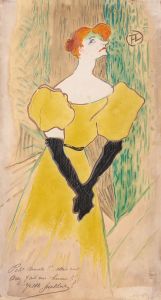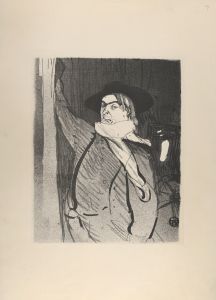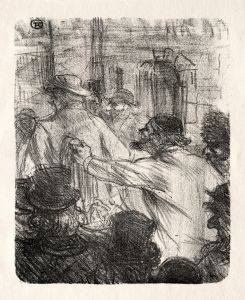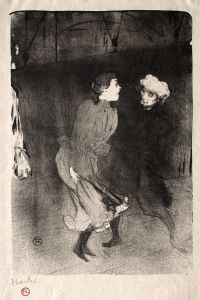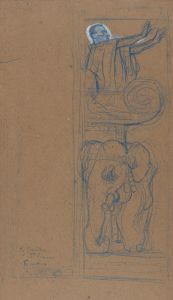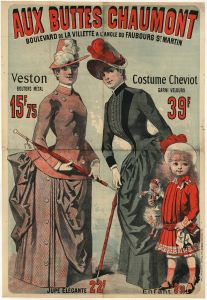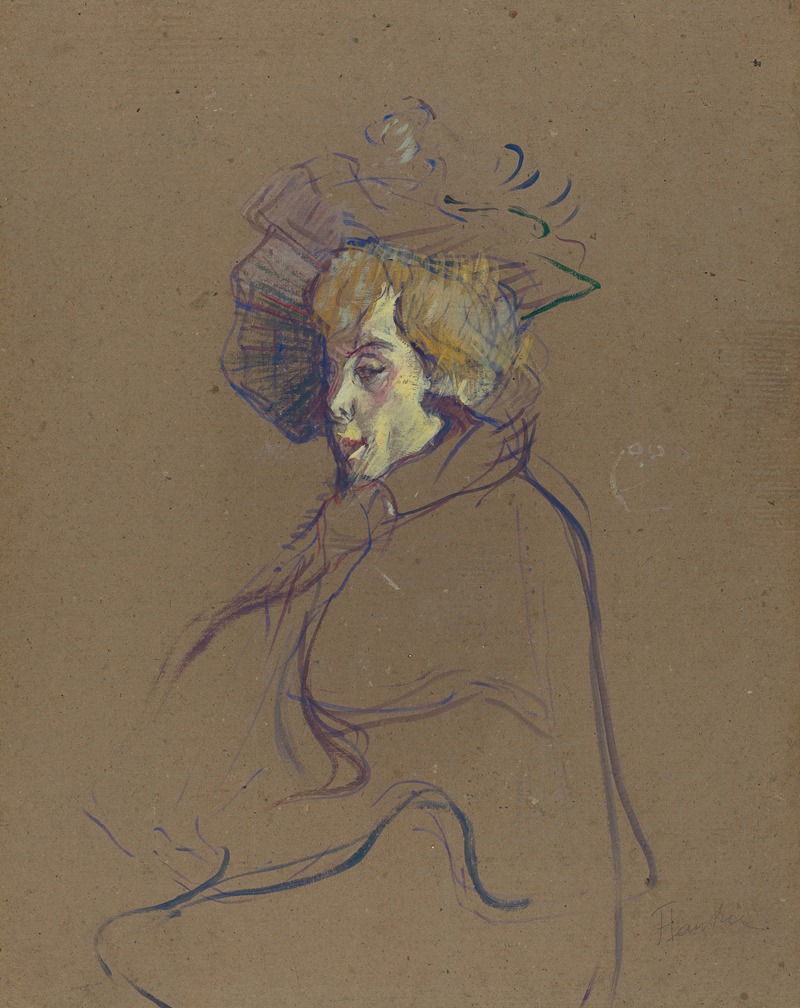
Jane Avril
A hand-painted replica of Henri de Toulouse-Lautrec’s masterpiece Jane Avril, meticulously crafted by professional artists to capture the true essence of the original. Each piece is created with museum-quality canvas and rare mineral pigments, carefully painted by experienced artists with delicate brushstrokes and rich, layered colors to perfectly recreate the texture of the original artwork. Unlike machine-printed reproductions, this hand-painted version brings the painting to life, infused with the artist’s emotions and skill in every stroke. Whether for personal collection or home decoration, it instantly elevates the artistic atmosphere of any space.
Henri de Toulouse-Lautrec's painting "Jane Avril" is a celebrated work that captures the essence of the Parisian nightlife during the late 19th century. Toulouse-Lautrec, a prominent Post-Impressionist artist, is renowned for his depictions of the bohemian lifestyle in Montmartre, Paris. His works often feature the vibrant and dynamic atmosphere of the cabarets and dance halls, and "Jane Avril" is no exception.
Jane Avril, born Jeanne Beaudon, was a famous can-can dancer at the Moulin Rouge, one of Paris's most iconic cabarets. She was known for her unique and expressive style of dancing, which captivated audiences and made her a muse for many artists of the time, including Toulouse-Lautrec. The artist and Avril shared a mutual respect and friendship, which is evident in the way he portrayed her in his artworks.
The painting "Jane Avril" is part of a series of posters and paintings that Toulouse-Lautrec created to advertise the performances at the Moulin Rouge. These works were instrumental in establishing the visual culture of the Belle Époque era. Toulouse-Lautrec's posters were not only advertisements but also works of art that captured the spirit of the performers and the venues they represented.
In "Jane Avril," Toulouse-Lautrec employs his characteristic style, marked by bold outlines and flat areas of color, to depict the dancer. The composition is dynamic, with Avril's figure set against a vibrant background that suggests movement and energy. Her distinctive red hair and flamboyant costume are highlighted, drawing the viewer's attention to her expressive pose. The use of color and line in the painting reflects the influence of Japanese ukiyo-e prints, which Toulouse-Lautrec admired and incorporated into his work.
The painting is significant not only for its artistic qualities but also for its cultural context. It provides insight into the world of entertainment in Paris during the late 1800s, a time when the city was a hub of artistic and cultural innovation. Toulouse-Lautrec's work, including "Jane Avril," played a crucial role in documenting and shaping the public's perception of this vibrant period.
Toulouse-Lautrec's portrayal of Jane Avril goes beyond mere representation; it captures her personality and the essence of her performances. This ability to convey the character and spirit of his subjects is one of the reasons Toulouse-Lautrec's work remains influential and celebrated today.
"Jane Avril" is housed in various collections, with different versions and related works found in museums around the world. These pieces continue to be studied and admired for their artistic merit and historical significance. Toulouse-Lautrec's work, including his depictions of Jane Avril, remains a testament to his skill as an artist and his deep connection to the world he portrayed.







